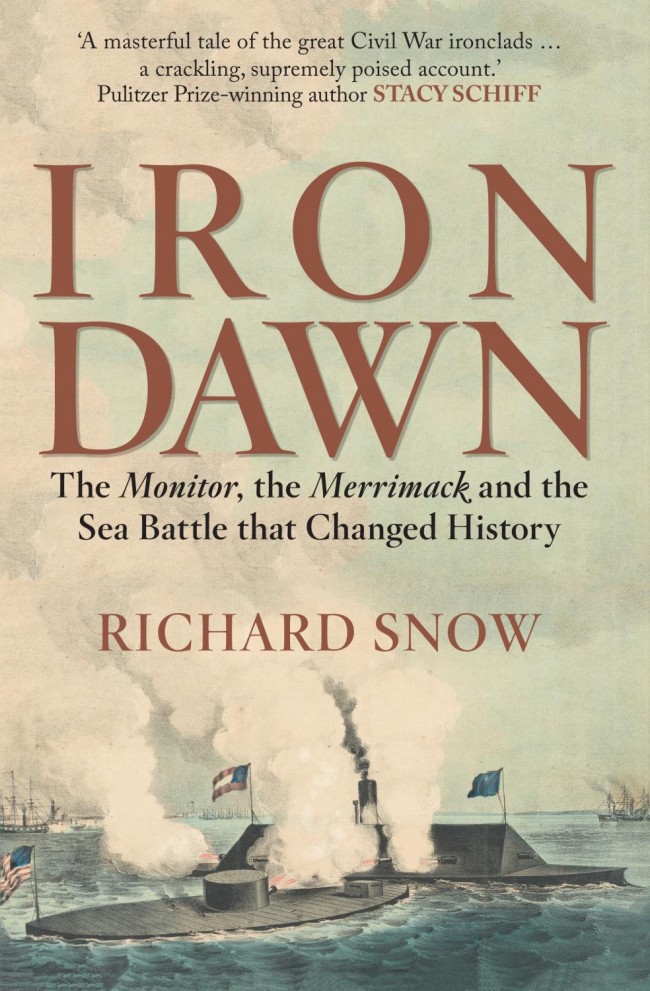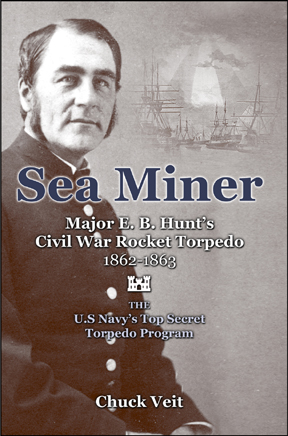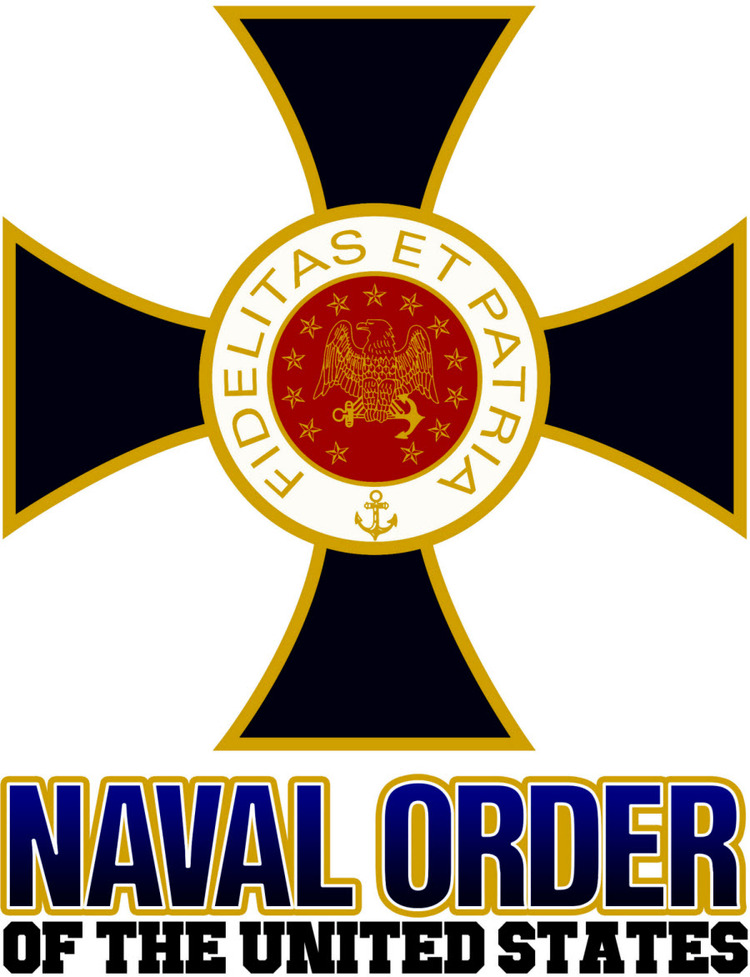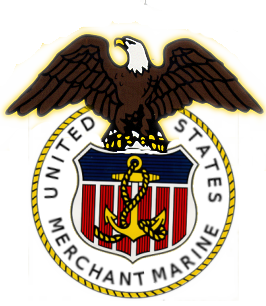
by Christopher McKee
Finalist for NOUS' 2019 Samuel Eliot Morison Award for Naval Literature
Ungentle Goodnights uses the records of the United States Naval Asylum (later the United States Naval Home), a residence for disabled and elderly sailors and Marines established by the U.S. government, to recover the lives of the 541 men who were admitted there as lifetime residents between 1831 and 1866. The records of the Naval Asylum are an especially rich source for discovering these lower-deck lives because would-be residents were required to submit summaries of their naval careers as part of the admission process. Using these and related records, published and manuscript, it is possible to reconstruct the veterans' lives from their teenage years (and sometimes earlier) until their deaths. Previous historians who have written about the pre-Civil War naval enlisted force have depended on published nineteenth-century sailor and Marine autobiographies, which may not accurately reflect the realities of enlisted life. Ungentle Goodnights seeks to discover the life experiences of real Marines and naval sailors, not a few of whom were misbehaving, crafty, and engaging individuals who feature prominently in the book.
Ordering Info: Amazon
Publisher: Naval Institute Press, 2018

by Gary J. Ohls
Finalist for NOUS' 2018 Samuel Eliot Morison Award for Naval Literature
American Amphibious Warfare offers analysis of the early amphibious landing operations from the Revolutionary War to the Civil War. Through a case study approach, the operational and strategic significance of each action is analyzed and its impact on the development of the United States is assessed. By focusing on seven major campaigns, Gary J. Ohls provides readers with a richer appreciation of the origins of American amphibious warfare.
For many Americans, the concept of amphibious warfare derives from the World War II model in which landing forces assaulted foreign shores and faced determined resistance. These actions usually resulted in very high casualty rates, yet they proved uniformly successful. The circumstances of geography coupled with the weapons and equipment available at that time dictated this type of warfare. During the eighteenth and nineteenth centuries, no such equipment or weapons existed for assaulting defended beaches. Commanders attempted to land their forces in areas where the resistance would be light or nonexistent. The initiative and maneuverability inherent in naval forces permitted the delivery of combat power to the point of attack faster that the land-based defenders could react. Ohls explains how amphibious traditions began in this era and shows how they compare with modern amphibious forces, particularly the tactics of today's U.S. Marine Corps.
Ordering Info: Amazon
Publisher: Naval Institute Press, 2017

by Richard Snow
Winner of NOUS' 2017 Samuel Eliot Morison Award for Naval Literature
No single sea battle has had more far-reaching consequences than the one fought in Hampton Roads, Virginia, in 1862. The Confederacy, with no fleet of its own, took a radical step to combat the Union blockade, building an iron fort containing ten heavy guns on the hull of a captured Union frigate named the Merrimack. The North got word of the project, and, in panicky desperation, commissioned an eccentric inventor named John Ericsson to build the Monitor, an entirely revolutionary iron warship. Rushed through to completion in just one hundred days, it mounted only two guns, but they were housed in a shot-proof revolving turret. The ship hurried south from Brooklyn, only to arrive to find the Merrimack had already sunk half the Union fleet—and would be back to finish the job. When she returned, the Monitor was there. She fought the Merrimack to a standstill, and, many believe, saved the Union cause. As soon as word of the fight spread, Great Britain—the foremost sea power of the day—ceased work on all wooden ships. A thousand-year-old tradition ended and the naval future opened.
Ordering Info: Amazon
Publisher: Scribner, 2016

by Chuck Veit
Sea Miner is the reconstructed story of the U.S. Navy’s ultra-secret torpedo development program of 1862-3, which resulted in a ship-launched rocket-powered kinetic energy projectile a century ahead of its time. The brainchild of Army Major Edward B. Hunt, the veil of secrecy lasted over 150 years, until an odd newspaper headline provided the first hint that such advanced research had been successfully undertaken at so early a date. Sea Miner received the 2016 Award in Narrative Non-fiction from the Independent Publishers of New England.
Other books of interest include A Dog Before a Soldier, which tells the story of the U.S. Navy in the War of the Rebellion, and Raising Missouri, that presents the never-before-told epic of the loss and salvage of one of our first two steam-powered warships.
Ordering Info: chuckveitbooks.com Amazon
Published: 2016




by Christopher McKee
Finalist for NOUS' 2019 Samuel Eliot Morison Award for Naval Literature
Ungentle Goodnights uses the records of the United States Naval Asylum (later the United States Naval Home), a residence for disabled and elderly sailors and Marines established by the U.S. government, to recover the lives of the 541 men who were admitted there as lifetime residents between 1831 and 1866. The records of the Naval Asylum are an especially rich source for discovering these lower-deck lives because would-be residents were required to submit summaries of their naval careers as part of the admission process. Using these and related records, published and manuscript, it is possible to reconstruct the veterans' lives from their teenage years (and sometimes earlier) until their deaths. Previous historians who have written about the pre-Civil War naval enlisted force have depended on published nineteenth-century sailor and Marine autobiographies, which may not accurately reflect the realities of enlisted life. Ungentle Goodnights seeks to discover the life experiences of real Marines and naval sailors, not a few of whom were misbehaving, crafty, and engaging individuals who feature prominently in the book.
Ordering Info: Amazon
Publisher: Naval Institute Press, 2018
by Gary J. Ohls
Finalist for NOUS' 2018 Samuel Eliot Morison Award for Naval Literature
American Amphibious Warfare offers analysis of the early amphibious landing operations from the Revolutionary War to the Civil War. Through a case study approach, the operational and strategic significance of each action is analyzed and its impact on the development of the United States is assessed. By focusing on seven major campaigns, Gary J. Ohls provides readers with a richer appreciation of the origins of American amphibious warfare.
For many Americans, the concept of amphibious warfare derives from the World War II model in which landing forces assaulted foreign shores and faced determined resistance. These actions usually resulted in very high casualty rates, yet they proved uniformly successful. The circumstances of geography coupled with the weapons and equipment available at that time dictated this type of warfare. During the eighteenth and nineteenth centuries, no such equipment or weapons existed for assaulting defended beaches. Commanders attempted to land their forces in areas where the resistance would be light or nonexistent. The initiative and maneuverability inherent in naval forces permitted the delivery of combat power to the point of attack faster that the land-based defenders could react. Ohls explains how amphibious traditions began in this era and shows how they compare with modern amphibious forces, particularly the tactics of today's U.S. Marine Corps.
Ordering Info: Amazon
Publisher: Naval Institute Press, 2017
by Richard Snow
Winner of NOUS' 2017 Samuel Eliot Morison Award for Naval Literature
No single sea battle has had more far-reaching consequences than the one fought in Hampton Roads, Virginia, in 1862. The Confederacy, with no fleet of its own, took a radical step to combat the Union blockade, building an iron fort containing ten heavy guns on the hull of a captured Union frigate named the Merrimack. The North got word of the project, and, in panicky desperation, commissioned an eccentric inventor named John Ericsson to build the Monitor, an entirely revolutionary iron warship. Rushed through to completion in just one hundred days, it mounted only two guns, but they were housed in a shot-proof revolving turret. The ship hurried south from Brooklyn, only to arrive to find the Merrimack had already sunk half the Union fleet—and would be back to finish the job. When she returned, the Monitor was there. She fought the Merrimack to a standstill, and, many believe, saved the Union cause. As soon as word of the fight spread, Great Britain—the foremost sea power of the day—ceased work on all wooden ships. A thousand-year-old tradition ended and the naval future opened.
Ordering Info: Amazon
Publisher: Scribner, 2016
by Chuck Veit
Sea Miner is the reconstructed story of the U.S. Navy’s ultra-secret torpedo development program of 1862-3, which resulted in a ship-launched rocket-powered kinetic energy projectile a century ahead of its time. The brainchild of Army Major Edward B. Hunt, the veil of secrecy lasted over 150 years, until an odd newspaper headline provided the first hint that such advanced research had been successfully undertaken at so early a date. Sea Miner received the 2016 Award in Narrative Non-fiction from the Independent Publishers of New England.
Other books of interest include A Dog Before a Soldier, which tells the story of the U.S. Navy in the War of the Rebellion, and Raising Missouri, that presents the never-before-told epic of the loss and salvage of one of our first two steam-powered warships.
Ordering Info: chuckveitbooks.com Amazon
Published: 2016






